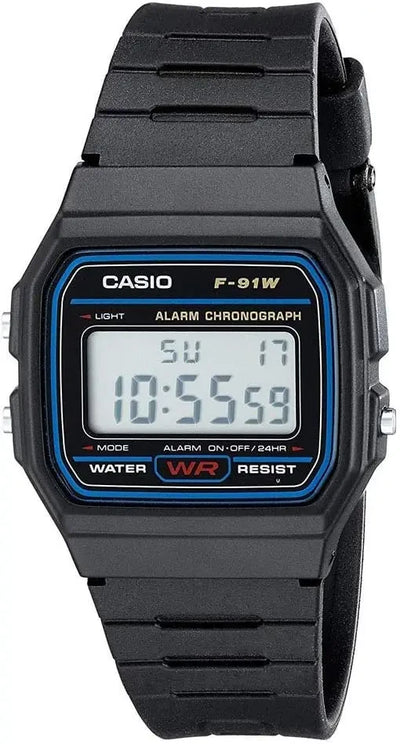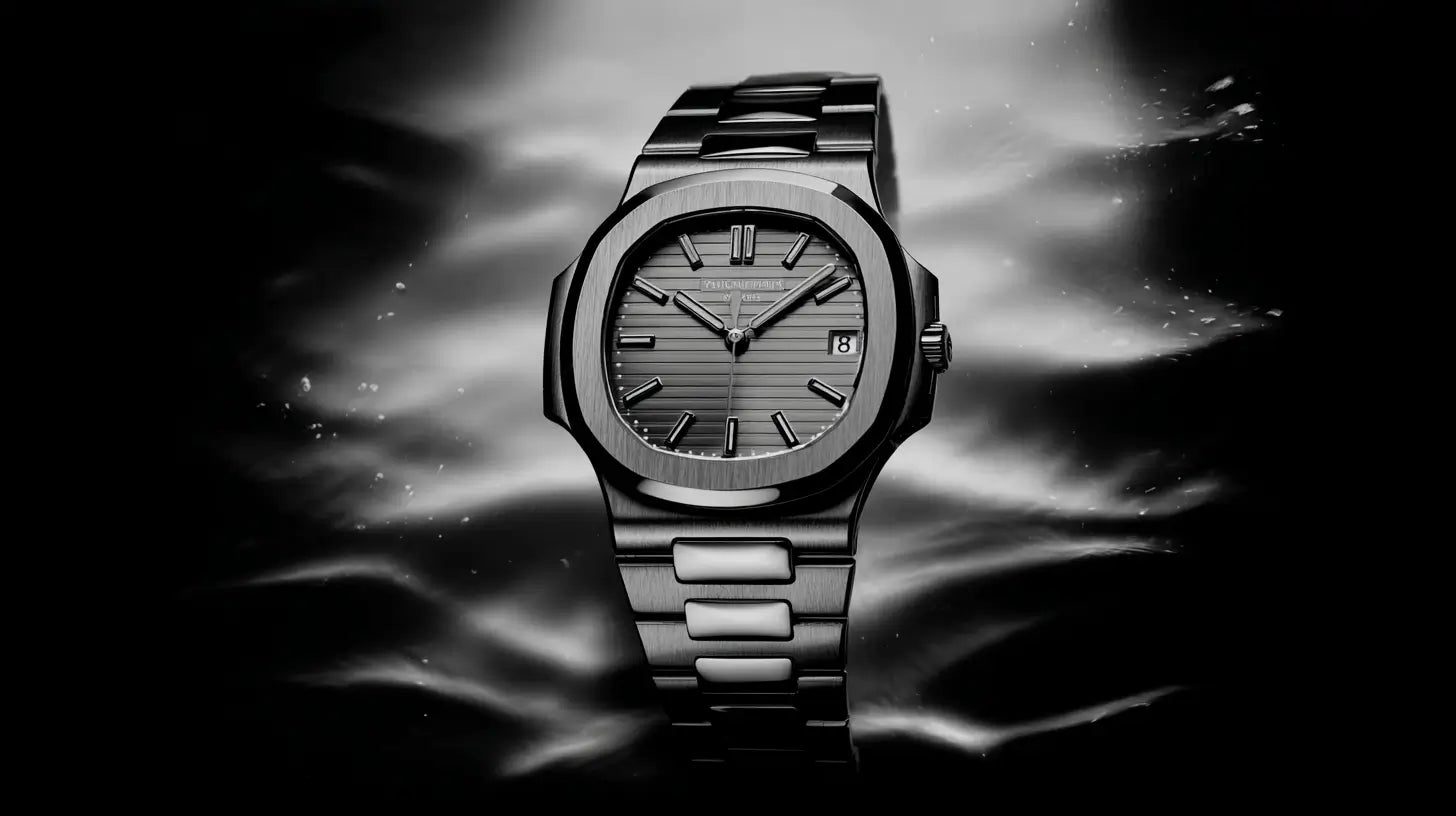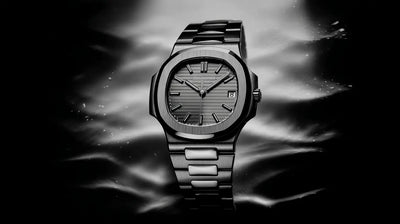
What is the best-selling watch in the world?
Which watch is the best-selling in the world among all the brands and models available on the market? We will explore...



It leaves no trace. No scratches, no dents. Nothing visible. And yet, magnetism is one of the quietest enemies of your automatic watch.
No need for a nuclear power plant. A simple Bluetooth speaker. A magnetic pouch. An induction hob. Sometimes all you have to do is place your watch too close for too long. And suddenly, it's five minutes faster every day. As if time itself were slipping away.

An automatic watch operates using a sprung balance wheel, an ultra-thin spring that pulses like a mechanical heart. When a magnetic field passes through it, the coils can partially stick together. As a result, the watch beats faster. Sometimes, much faster.
This malfunction isn't the result of a breakdown. It's the result of an environment that has become hostile without us realizing it. And that's the paradox: a high-end watch is fragile not on impact, but in the field.
It's not always easy. It moves too fast. Then returns to normal. Then starts again. This kind of irregularity can be mistaken for a misadjustment. But often, magnetism is the cause.
Some collectors place a compass near their watch to see if the hand is drifting—an empirical test, but not infallible. The safest bet? Observe a constant abnormal advance. Or use a tool designed for diagnosis and correction.
Smartphones, portable speakers, induction chargers, magnetic iPad cases, cooktops, building badges, even a simple handbag with a magnetic closure. The danger comes not from the field itself, but from prolonged, repeated exposure.
A watch sitting on a Bose speaker overnight? Chances are it's been magnetically influenced. And if it's in a drawer next to a charger, it's the same. It's not a momentary shock, it's a slow poison.
No need to be paranoid. Just understand. And adopt the right habits. Don't place your watch next to a computer on standby. Avoid magnetic bags. And above all, choose a suitable resting place.

This is where the automatic watch winder comes in—not only to keep the watch on time, but also to preserve it in a controlled environment, often with motors designed to limit the spread of internal electromagnetic fields.
It's not irreversible. A magnetized watch can be demagnetized in seconds. Some watchmakers do this in their workshops, but there are also discreet tools for personal use, such as this watch demagnetizer, which allows you to restore the watch without opening the case.
A simple gesture that restores the watch's natural pulse.
The mechanical watch is not a perfect machine. It lives through sensitive components. And it is this very fragility that gives it its charm.
Magnetism doesn't break it. It shifts it. It introduces an asymmetry in time. And in a world saturated with waves, it's up to us to choose what we want to preserve.
Sometimes, all it takes is thoughtful support. Sometimes, a gesture of care. Always, a little understanding.
Because it's not the shock that damages watches the most. It's the invisible.

Which watch is the best-selling in the world among all the brands and models available on the market? We will explore...

It leaves no trace. No scratches, no dents. Nothing visible. And yet, magnetism is one of the quietest enemies of your automatic watch. ...

The world of watch boxes offers a multitude of options to meet various needs and preferences. From a simple storage box to...
Leave a comment
This site is protected by hCaptcha and the hCaptcha Privacy Policy and Terms of Service apply.